Australia is an incredibly diverse country that people from many different backgrounds call home. Considering that nearly half of Australians are either born overseas, or have one or more parents that have been born overseas (Australian Bureau of Statistics), it is no wonder that Australia is considered one of the most culturally diverse countries in the world.
I consider myself extremely lucky to teach in such a vibrant, multicultural country and acknowledge the responsibility of celebrating this diversity in my classroom. Celebrating the rich diversity of all students is something that should be embedded into classroom practices each and every day. While fostering a sense of belonging in the classroom happens on a daily basis, there are some special dates throughout the school calendar, such as Harmony Day, that provide a further opportunity for us to celebrate the rich diversity of our amazing country.
What is Harmony Day?
Harmony Day, which is held on the 21st of March every year, is widely celebrated in the community and at schools around the country. This significant day coincides with the United Nations’ International Day for the Elimination of Racial Discrimination. It is a time to celebrate Australia’s cultural diversity and promote inclusiveness, with its key message being ‘Everyone Belongs’.
On Harmony Day, many schools engage their community in a variety of activities. These activities aim to teach understanding of how all Australians equally belong to this country and enrich it, as well as promote cultural respect for all. There are various ways to celebrate this special day in the classroom, read on to find many ideas and activities to implement at your school. *
Ways to celebrate Harmony Day in the Classroom
Wear Orange
Invite students and staff to wear orange on March 21st to celebrate Harmony Day. This might sound simple, but did you know that orange is the chosen colour to represent Harmony Day and it signifies social communication and meaningful conversations? The Australian Government, Department of Home Affairs (2019) explains that this chosen colour relates to the freedom of ideas and encouragement of mutual respect. In the past, I have used this tradition as an opportunity to talk to my students about what this colour means, which has sparked many rich conversations.
Promote Diversity Through Books
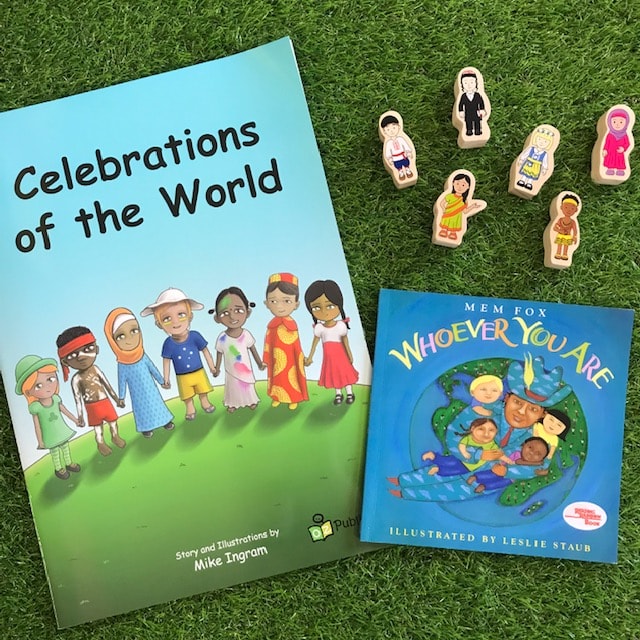
One of the best ways to build children’s understandings of different topics is through books. Two of my favourite books to read with my students on Harmony Day are ‘Celebrations Around The World’ by Mike Ingram and ‘Whoever You Are’ by Mem Fox. Both of these books celebrate diversity, invite students to think deeply and can be used as a platform to provoke rich, meaningful conversations.
Celebrations Around The World’ is a big book that explores the diversity of our local communities, our nation and our world. This book looks at celebrations from around the world and is key for developing children’s understanding of other cultures and the world around them. I have also used this book to celebrate some of these culturally significant days in my classroom, such as Chinese New Year and Saint Patrick’s Day.

‘Whoever You are’ is beautifully written and celebrates children’s uniqueness, while pointing out that common humanity unites everyone. “Their lives may be different from yours, and their words may be different from yours. But inside, their hearts are just like yours”. This thought-provoking quotation from the text invites students to explore the notion of diversity and inclusion further through discussion.
Featured Products:
Celebrations of the World Big Book
Whoever You Are Book
Multicultural Paper Chain Dolls
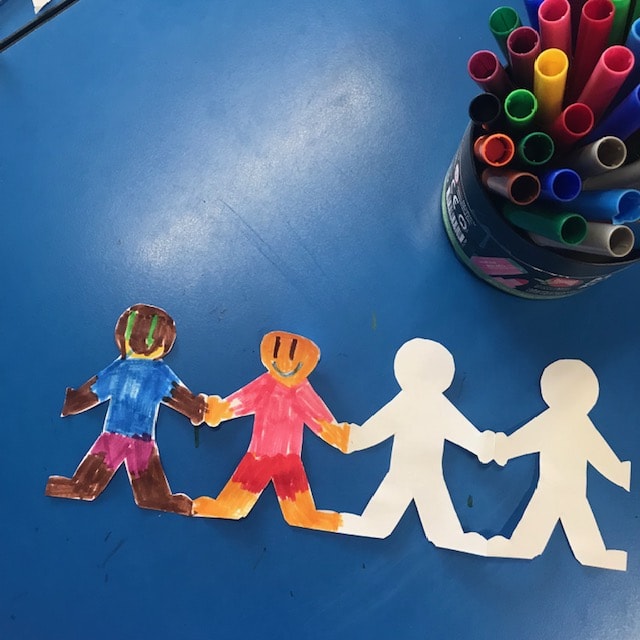
This next Harmony Day activity was inspired by the aforementioned text ‘Whoever You Are’. We read this book before making these multicultural paper chain dolls. We had a fantastic discussion about how we may be different in ways, which is what makes us special, and how we are all similar, before commencing this activity.
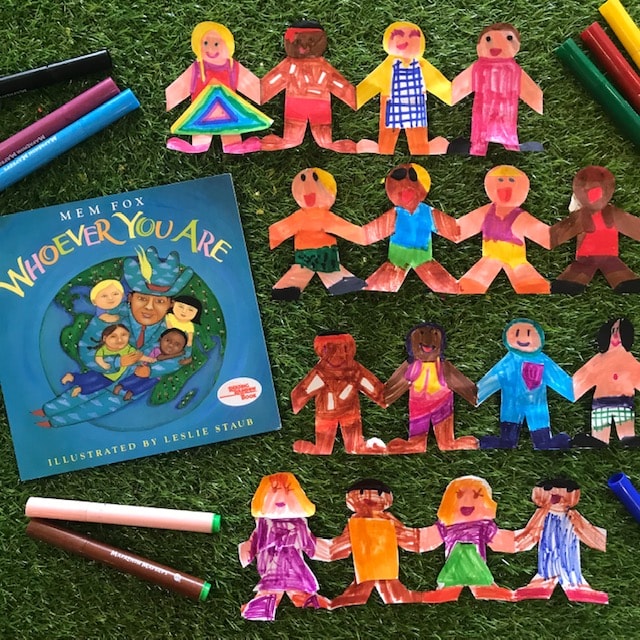
When making their paper chain dolls, students were encouraged to represent a wide variety of cultures through highlighting their appearance like skin colour, special clothing and interests etc. I love how these paper chain dolls look like they are holding hands, representing that it is important to live in peace with one another, regardless of how we may live our lives.
Featured Product:
Whoever You Are Book
Invite Families To Share Their Culture
Inviting families into the classroom is often encouraged in order to bridge connections between home and school. To foster this partnership further, invite families to come and share something about their cultural background with the class on Harmony Day. I have implemented this special ‘show and tell’ in my classroom before, where families shared different aspects of their lives with the class. One of the mothers of my students came from India and was kind enough to give Henna tattoos to all of the children. Another parent was born in China and taught us how to make Chinese dumplings to celebrate Chinese New Year. I have also had parents share their special outfits, pictures, dance, music and food. What better way to develop an understanding of different cultures, as well as gain a better understanding of students and their families?
Embed Multicultural Resources Into Classroom Learning Spaces
Embedding multicultural resources into classroom learning spaces is something I do all year round, as I’m sure many other educators do as well. Using and highlighting multicultural resources is another idea of how to celebrate diversity in the classroom during Harmony Day. I love using multicultural resources in my early years classroom as it fosters the concept of ‘Everyone Belongs’ and means that everybody feels represented. By naturally incorporating multicultural resources into play, children are able to develop their understanding and acceptance of different cultures in a natural and authentic way.

In home corner, my students enjoy engaging with our multicultural play food, which exposes them to food from all around the world. Food is such a big part of culture and I’ve heard many students talking about how they have eaten this or that at home, as well as ask others what particular items are, thus learning about unfamiliar foods.
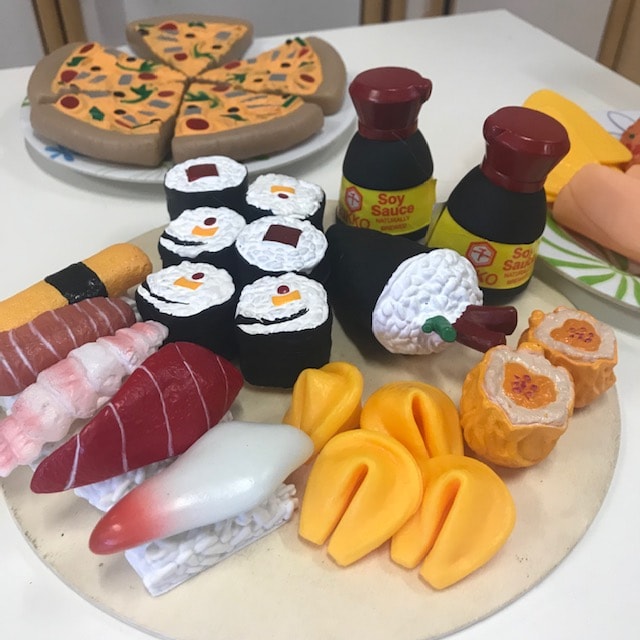
My students also love playing with our multicultural dolls in the home corner, all of which have different physical appearances. Representing many cultures through classroom resources encourages children to understand the rich diversity of our population.

Another resource that I use in my classroom to represent cultures is multicultural wooden dolls. These are some of our most loved play resources and they represent a wide range of cultures and showcase the rich diversity of people within our community.

My students love using these dolls with our wooden blocks, as well as with our town set, which is fantastic as it builds children’s understanding of our society being incredibly diverse with many people who have varying beliefs, cultures, interests and appearances.
Featured Products:
Multicultural Play Food Assortment – 100 pieces
The Happy Architect Town Set
Wooden Multicultural People – Set of 42
Hello! Konnichiwa! Ciao!
How many different ways can you say hello? I asked my students this last year and was impressed by how many ways they knew how to say hello in different languages. We also referred to a video on YouTube to learn some new greetings we weren’t familiar with already. We made a poster of the many different greetings and proudly hung it on our door to greet any visitors to the classroom.
Everybody Belongings Puzzle Artwork
What better way to show that ‘Everyone Belongs’ than with this puzzle piece artwork? This is a great collaborative artwork to complete with students for Harmony Day and is very effective when all of the pieces have been put together. Each student can complete a drawing of themselves and then cut out their puzzle piece. Once all joined together, this artwork clearly shows that even though we are all unique in our own ways, we can still join together and that everybody belongs.

Explore Homes Around The World
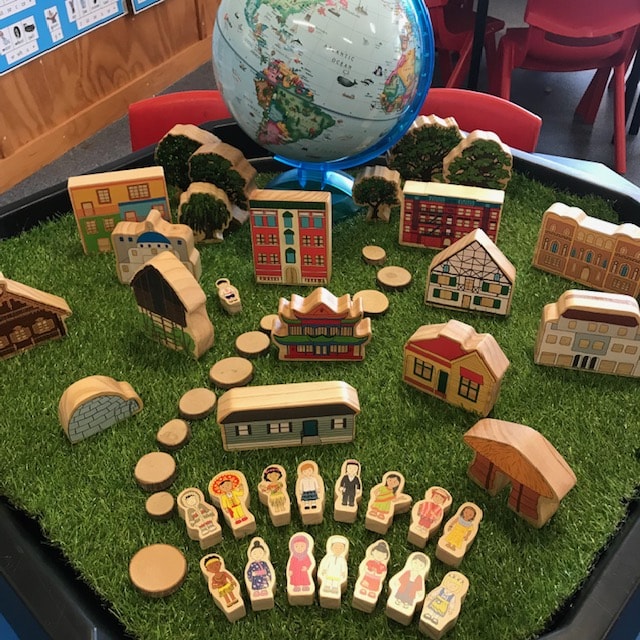
Celebrating Harmony Day is an opportunity to learn about how cultures around the world live and many children find it fascinating to learn about this. My students enjoyed learning about the different types of homes people live in around the world and matching these to countries on the globe.

As children engaged in this imaginative play, they were developing their understanding and acceptance of many cultures through an age appropriate and authentic activity.
Featured Product:
Multicultural Block Play Set – 33 pieces
What are your favourite ways to celebrate Harmony Day in the classroom? We would love to hear from you!
References:
Australian Bureau of Statistics, Cultural Diversity in Australia
Australian Government, Department of Home Affairs , Harmony Week.
ABOUT HEIDI:
Heidi Overbye from Learning Through Play is a Brisbane based, Early Years Teacher who currently teaches Prep, the first year of formal schooling in Queensland. Heidi is an advocate for play-based, hands-on learning experiences and creating stimulating and creative learning spaces. Heidi shares what happens in her classroom daily on her Instagram page, Learning Through Play. See @learning.through.play for a huge range of activities, play spaces and lesson ideas.

